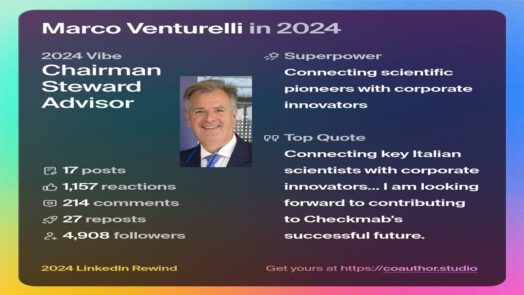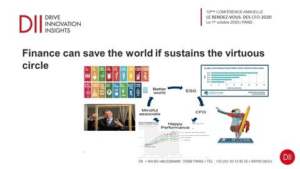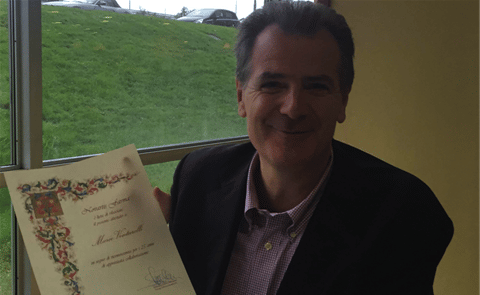“Adding years to life and life to years”

The McKinsey Health Institute (MHI) proposed challenge to reorient public policy and economy to add as many as 45 billion extra years of higher-quality life
It is time for revising the Innovation Agenda of the Thematic Area Life Sciences within Federated Innovation and plan for the 2023 actions and projects. MHI article, recently relaunched on LinkedIn by Martin Dewhurst, helps and encourage the health ecosystems players to be ambituos when setting objectives for their organizations when deciding the way ahead in improving health and well-being.
Humanity has the wealth, technology, capacity, and know-how to set and pursue a bolder aspiration for our health. MHI’s estimate of achievable impact includes lifting average quality of life; squaring, or increasing the portion of life we spend in good health; and extending life expectancy over the baseline trend
When we look at the Future of Health Agenda of the Thematic Area and compare with the health objectives proposed in the MHI article I acknowledge that the recognise many of the elements that we included already in 2020 in the Agenda:
Improve health and wellbeing by leveraging advanced technologies (big data and AI, -omics, sustainable
manufacturing) along the patient/citizen journey from prevention to cure
➢ Develop and share a value-based implementation model to deliver innovation that supports people
living longer and healthier lives with focus on last mile and involvement of multiple stakeholders
➢ Experiment on specific pathological conditions where to develop and test a patient-based journey
approach (early diagnosis and treatments, precision medicine, chronic disease, home-care services)
➢ Build up a holistic patient-centric modular and scalable data platform (regional area) to provide
multiple services from clinical research to telemedicine applications including patient monitoring for
disease prevention and safety
➢ Interact with other collaborative ecosystems at national, European and international level.
➢ Re-design processes and products through integration of Circular Economy principles
MHI suggests that adding up to 45 billion years of higher-quality life would require at least six material shifts in societal mindsets and actions. These shifts are highly interdependent and mutually reinforcing, and adopting them would represent a material reorientation of public policy and the economy.
1 Invest more, disproportionately on prevention and promoting optimal health Recognize that health is one of highest-return investments society can make, and increase investment in prevention and promotion
2 Improve measurement of a modernized understanding of health with better data Standardize measurements and data collection to support a modern understanding of health
3 Scale what works Apply proven strategies and interventions consistently and equitably across countries, systems, and populations
4 Innovate more, and more quickly Invest more in innovation, focusing on the intersection of digital, technology, and services
5 Unleash the full potential of all industries Recognize the fundamental relevance of health to every business, and invest in bold, disruptive strategies to participate in the health economy
6 Empower individuals to steward their own health Improve healthy behaviors through health education, public-sector innovation, and robust application of public policy
Non è importante aggiungere anni alla vita, ma vita agli anni Dice così il premio Nobel Rita Levi Montalcini quando parla degli obiettivi della medicina. «Se la durata della vita media è di circa 80 anni, la durata della vita media in salute è in realtà di 50 anni. Riuscire a trasformare questo intervallo di 30 anni in un periodo di vita sana – spiega – significherebbe non solo elevare la qualità della vita delle persone, ma anche liberare risorse importanti del Servizio sanitario nazionale».




